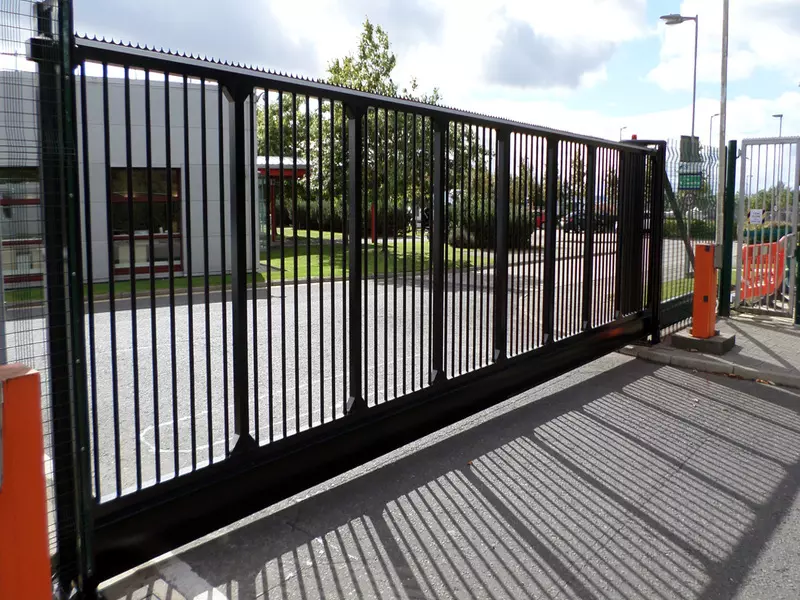Sliding Doors
Sliding doors are a type of horizontally moving doors that allow entry and exit of a space. Unlike traditional wooden or metal doors, these doors open and close by sliding horizontally instead of opening and closing. Sliding doors have many advantages:
- Space saving: Unlike classic opening doors, sliding doors take up much less space because they move parallel to the wall. This feature makes them a useful option, especially in small spaces.
- Ergonomic use: Sliding doors offer easier and more comfortable use than traditional doors. Thanks to its moving parts, opening and closing are smoother and quieter.
- Aesthetic appearance: Sliding doors have a modern and stylish appearance. They contribute to the decoration of spaces with their large glass surfaces and various material options.
- Security: Sliding doors are more solid and durable thanks to their own weight. They also reduce the risk of collision.
With these features, sliding doors have become a frequently preferred option in both homes and workplaces.
Use of Sliding Doors in Homes and Workplaces
Sliding doors can be used in a wide variety of spaces and applications. In areas of the house such as kitchen, bathroom, bedroom, dressing room; In workplaces, they are frequently encountered in places such as office sections, meeting rooms, and store windows.
Sliding doors used in homes generally have more visually decorative and aesthetic features. They are produced from various materials such as glass, wood and metal and adapt to interior decoration. They also contribute to home life with their functional features such as sound insulation and heat insulation.
Sliding doors used in workplaces stand out in terms of functionality and practicality. They are preferred for purposes such as separating office sections, displaying store windows, and arranging access to meeting rooms. In such places, features such as security, sound insulation and quick access are more important.
Sliding doors are becoming an increasingly common door type with their usage areas in homes and workplaces. They become an important part of modern architecture by meeting users' space saving, ergonomic and aesthetic expectations.
Sliding Door Models and Designs
Sliding doors come in a wide variety of models and design options. They differ in terms of many elements such as material, color, mechanical properties:
Material Options:
- glass sliding doors
- wooden sliding doors
- Metal (aluminium, steel) sliding doors
- Composite material sliding doors
Colour options:
- Neutral colors (white, grey, black)
- wood tones
- Vibrant colors (red, blue, green)
Mechanical Properties:
- Manually operated sliding doors
- Automatic (sensored) sliding doors
- One-way or two-way sliding doors
- Single panel or multi-panel sliding doors
This diversity allows sliding doors to offer options suitable for all types of spaces and user needs. For example, an automatic sensor sliding door for a place that requires high security; A glass sliding door can be preferred for a spacious and bright environment. Sliding doors can thus be optimized both functionally and aesthetically.
In addition, sliding door solutions can be offered for projects that require special dimensions and design. In this way, unique sliding door applications that fully comply with the architectural features of the spaces can be realized.
Sliding doors have become an important part of modern architecture. Thanks to its advantages such as space saving, ergonomic use and aesthetic appearance, it is becoming increasingly common in homes and workplaces.
Offering various materials, colors and mechanical properties, sliding doors offer options suitable for all kinds of spaces. Correct installation and periodic maintenance ensure long-lasting and trouble-free use of these doors.
Contact us to learn more about sliding doors and get professional installation service. Our expert team will offer custom solutions to meet all your needs.






